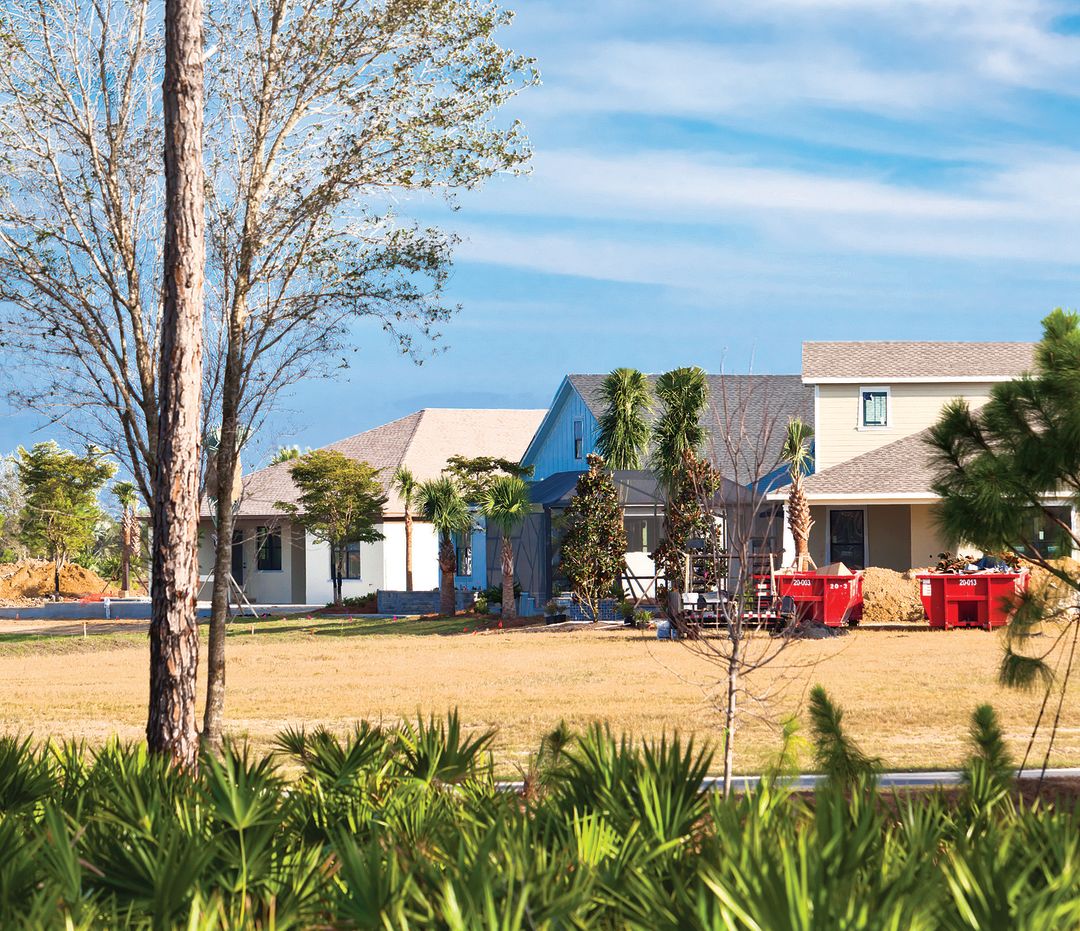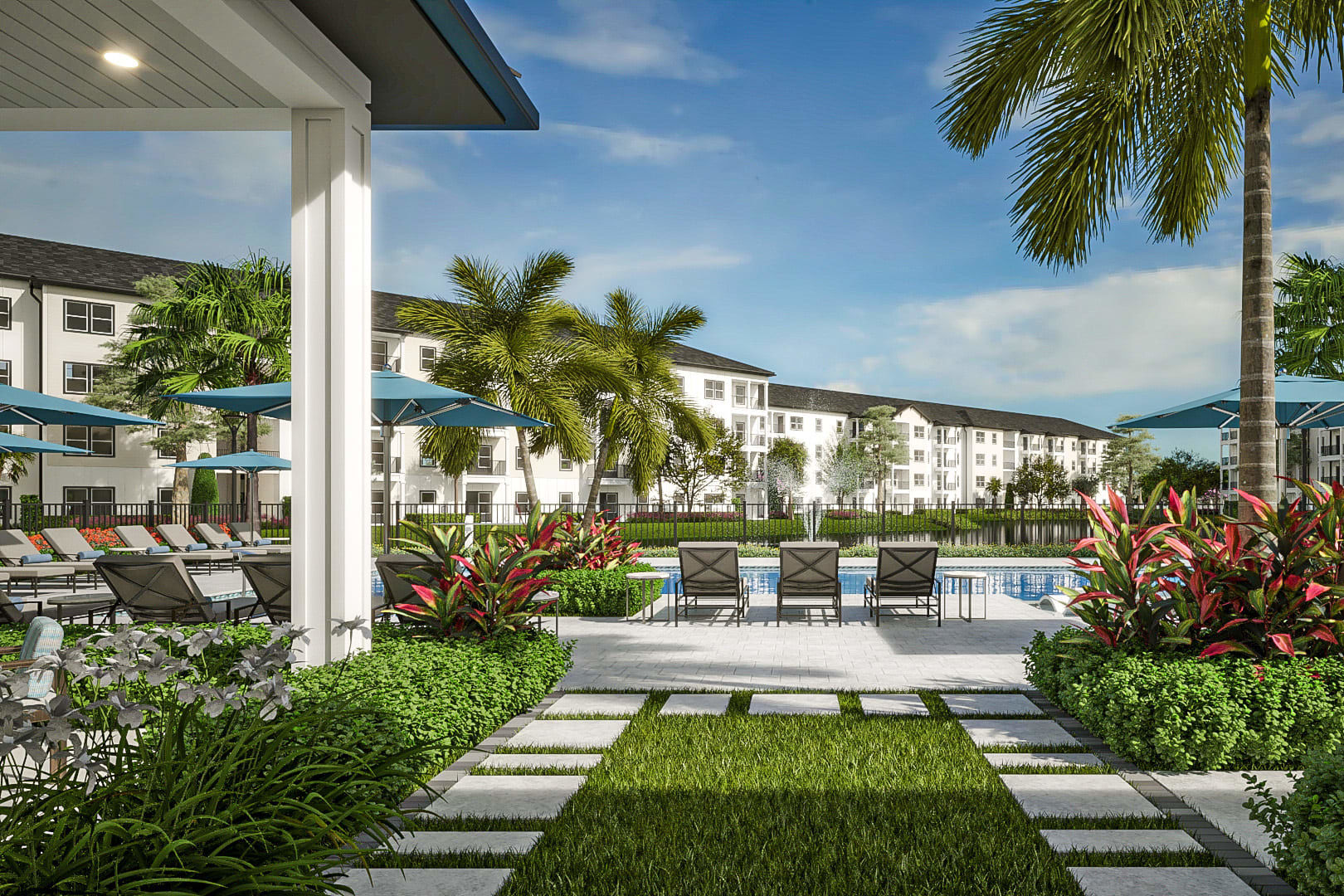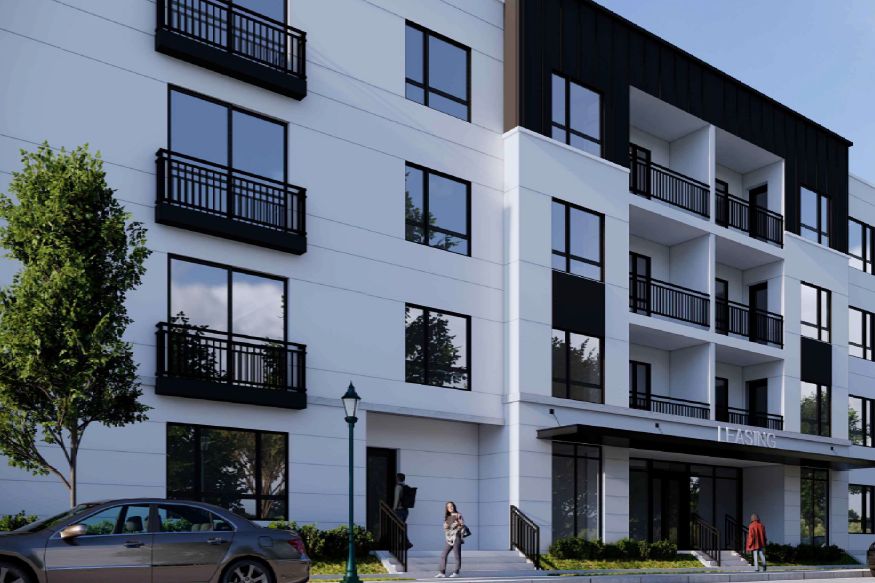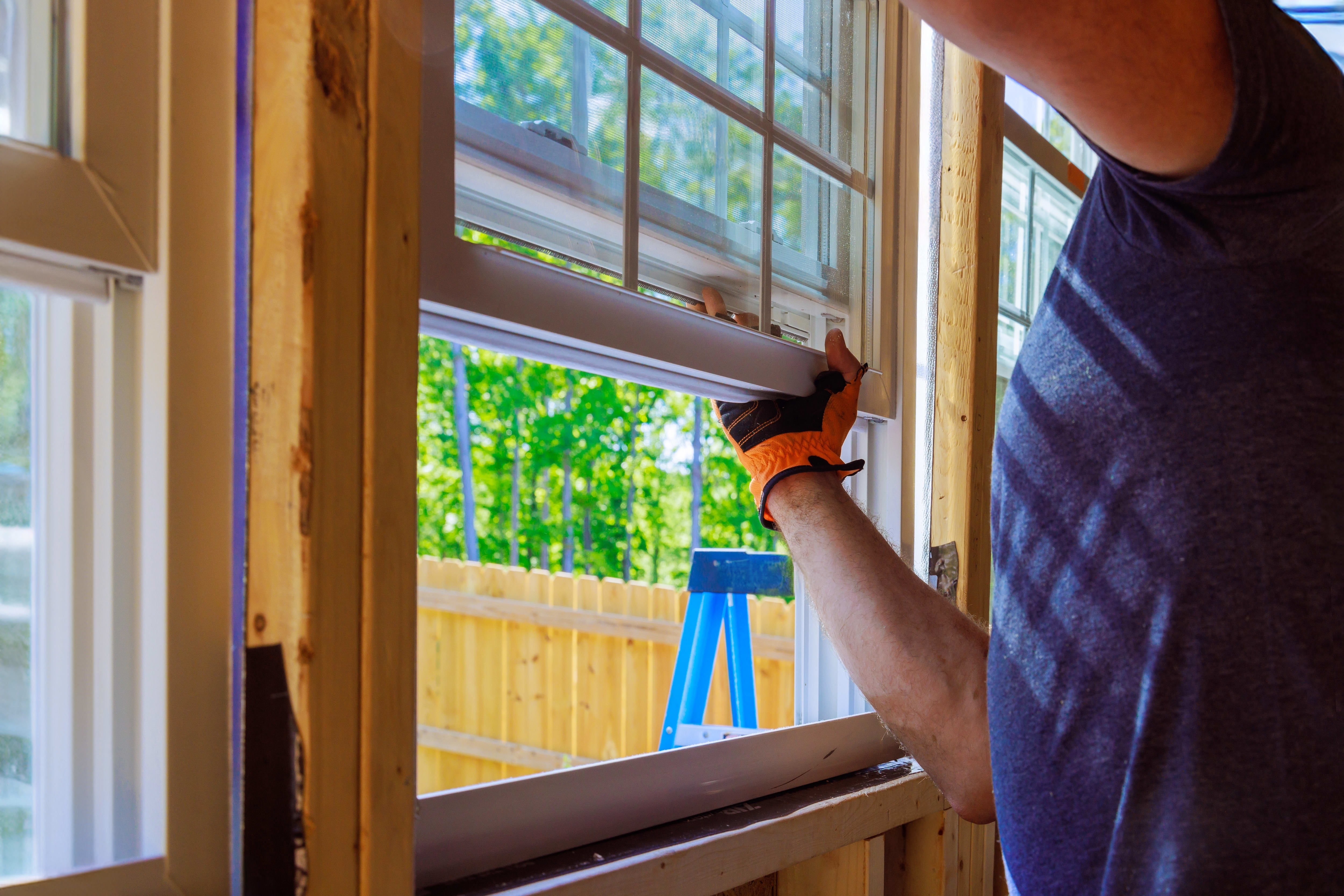Former NFL Player Syd Kitson Banks on Babcock Ranch, His Ambitious Sustainable Community
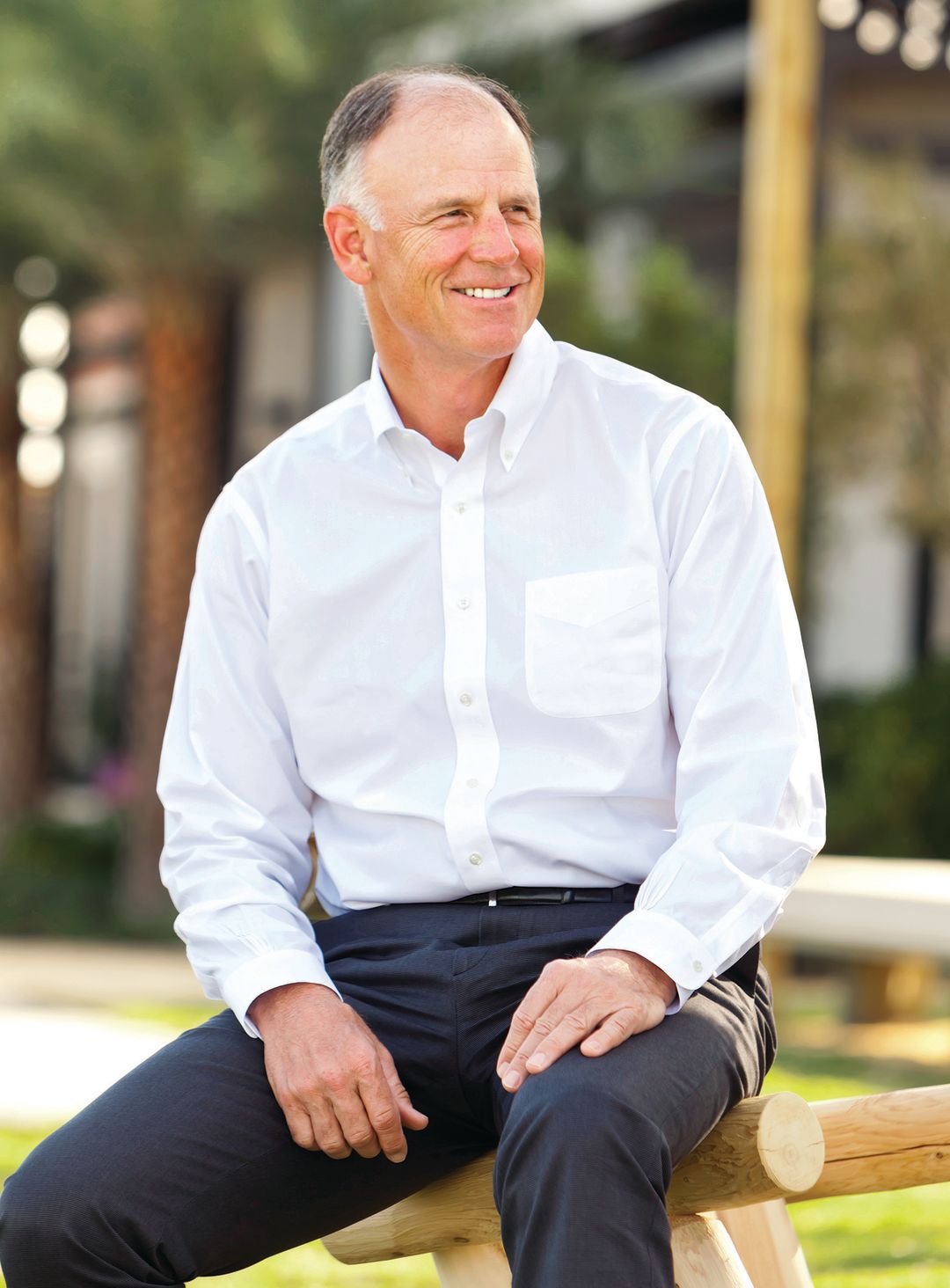
It’s game on for developer Syd Kitson’s sprawling Babcock Ranch, an ambitious bet on a huge, high-tech new town east of I-75 built on sustainability, solar energy and access to nature.
The ranch is located about 75 miles south of downtown Sarasota and east of I-75 on State Road 31. Babcock’s modest entrance is followed by a drive of more than a mile to Babcock’s base of operations, where an army of bulldozers and cement trucks is installing the infrastructure of what’s planned to be a community of 40,000 people on 17,000 acres straddling the Lee/Charlotte county line.
Kitson, chairman and CEO of Palm Beach Gardens-based Kitson & Partners—and a guard for the Green Bay Packers and Dallas Cowboys in the 1980s—purchased the ranch in 2006 for $350 million. After a 10-year hiatus because of the recession, he is full speed ahead. Babcock’s four preferred builders are scheduled to start opening models this month.
The first homes, being built around a lake, were set to be completed in February with prices starting at $469,000. Kitson says the project will span homes from $250,000 to the multimillions.
Work has also begun on the town square, which will include a general store, restaurants, a boardwalk and a band shell. The charter Babcock Ranch Neighborhood School is scheduled to open next fall and a community wellness center next year.
But what really makes the project unique, Kitson says, is its scale of sustainability designed infrastructure, from the solar panels that will power the community to an electric vehicle autonomous transportation system accessed through an app that will take residents anywhere in the community. Agricultural areas are also planned to provide farm-to-table food.
The project’s novelty, size and remote location raise some eyebrows about its viability, at least in the short term. Top on the list of concerns among real estate agents is the project’s isolation.
“I just don’t get it,” says longtime Naples commercial broker Ross McIntosh, who says the market isn’t yet ripe for home sales in the largely empty stretch of eastern Lee and Charlotte counties north of the Caloosahatchee River. “It might be 11 years too early or 22 years too early.” Babcock’s sustainability theme likely won’t be a strong enough draw to overcome its distance issues, he says.
Still, he admits, Kitson’s reputation for seeing opportunities means that few in the real estate community are writing off his prospects at Babcock. Appointed chair of the Florida Chamber of Commerce board of directors last fall, Kitson is well-connected and respected for his business savvy. “I wouldn’t want to second-guess Syd Kitson,” McIntosh says. “He worked magic on Talis Park. It would surprise me not in the least if he were to do the same thing at Babcock.”
Kitson bought Talis Park, an unfinished former WCI Communities golf course community in Collier County, for $31 million in 2011 at the bottom of the real estate market. WCI had spent $220 million in planning and infrastructure. Kitson’s timing turned out to be perfect. He’s sold most of the 620 homes at high prices.
His company has developed three other residential communities in Florida: Bay Pines in Pinellas County; Ibis Golf & Country Club in West Palm Beach; and Mitchell Ranch in Pasco County. The company also owns 1.5 million square feet of shopping centers around the state.
Babcock is Kitson’s most unconventional venture to date. It’s meant to be more than a cookie-cutter development for active baby boomers. Babcock was conceived as a place unto itself, not just another place to live in an existing metropolitan area. “This is a new town, not a community,” Kitson says. “It’s about as close as you can get to an urban center and build a new town.” So far the project has attracted inquiries from a mix of retirees, pre-retirees and younger families drawn to the sustainability theme, says Rick Severance, president of Babcock Ranch.
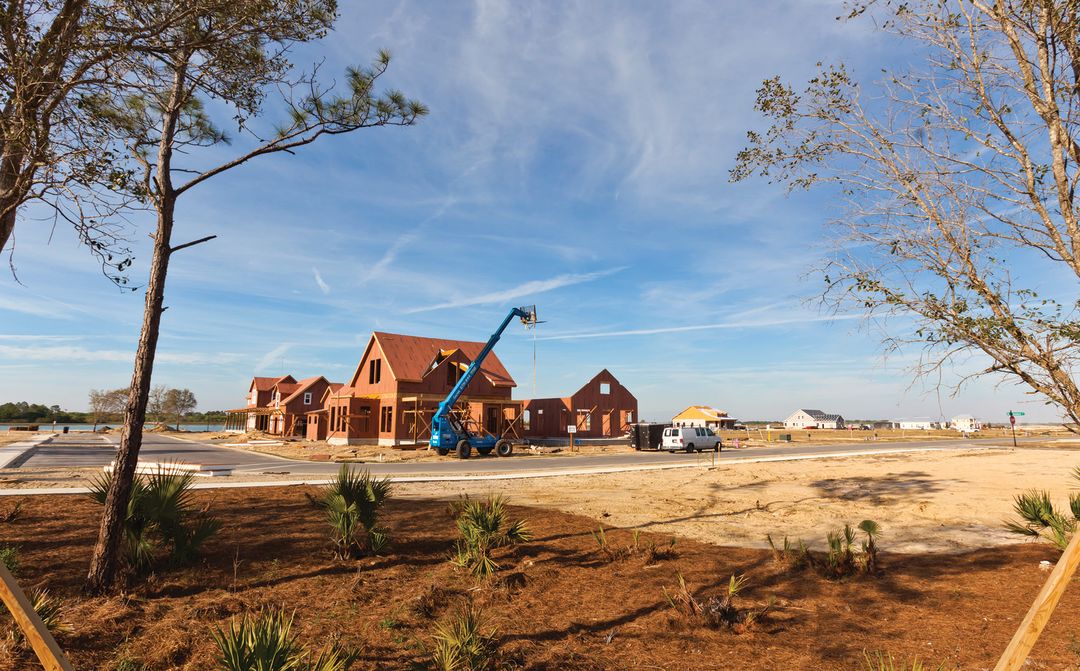
The first houses are beginning to rise at Babcock Ranch.
One of the major selling points, Kitson thinks, is Babcock’s solar plan. All daytime electricity will be provided by a 75-megawatt FPL array of solar panels, now under construction. Residents will be customers of FPL which, when the sun isn’t shining, will supplement the solar array with electricity from a natural gas power plant in Fort Myers.
Also planned is 1-gigabit internet speed available for $62 a month when the first home buyers start moving in. Kitson hopes that will attract work-at-home professionals not wedded to a particular location.
Babcock also plans to have driverless cars chauffeuring residents and visitors around the community, with more wide-ranging services as that technology becomes more advanced, although details of that program haven’t been released.
Residents will be able to step out their doors and have easy walking access to the 74,000 adjacent acres of state conservation land that border Babcock on three sides.
But will that be enough?
Wayne Daltry, who was executive director of the Southwest Florida Regional Planning Council when Lakewood Ranch opened 22 year ago, says Kitson’s project will test whether the market is ready for sustainable development on such a major scale. Another factor, outside Kitson’s control, is whether the housing market remains strong and the economy continues to strengthen, he says, particularly in the initial stages when the developer faces significant borrowing costs.
“It depends on a prosperous nation,” Daltry says. “It depends whether there’s a housing bubble and it pops. It’s tied to population growth, and that depends on in-migration.”
For Kitson, he says, that means, “If he gets five good years he can probably sell off enough to pay the debt.” Otherwise he’ll need deep pockets to ride through the downturn. It’s also important to be flexible, Daltry says, and be ready to tweak plans to meet the market’s changing demands for homes and commercial space.
Babcock’s success or failure can’t be determined in advance, says Randy Thibaut, president and CEO of Fort Myers-based real estate brokerage Land Solutions Inc., which specializes in large land sales. “We can’t critique Babcock Ranch until we’re three to five years into it and they’ve had a chance to get all this rolling,” he says.
In the long run, time is on Babcock’s side as development moves north and east from Lee and Collier counties, Thibaut says. But Babcock will have to deliver value. The question is whether “buyers will pay a premium to be in Babcock” compared to nearby, less expensive developments such as Portico and River Hall in east Lee County.
The mix of sustainability and access to nature can definitely succeed, says Ed McMahon, senior resident fellow for sustainable development at the Urban Land Institute, a nonprofit Washington, D.C.-based research group that promotes responsible land use.
Big, comprehensively designed developments such as Babcock thrive when they reinvent the basics of how people, given the choice, would prefer to live and work, he says. “There is a market for this kind of community,” says McMahon, who also studies the economic value of uniqueness in real estate. “If you can’t differentiate your community or project or city from anywhere else, you have no competitive advantage.”
Still, says McMahon, “Sustainability is about more than technology, energy efficiency, wind turbines.” Successful sustainable communities also incorporate ideas from the New Urbanism school of planning: building communities around public spaces and using architecture that makes it easy for people to explore their surroundings on foot and get to know their neighbors.
Babcock will be a viable standalone community from the start, Babcock Ranch President Rick Severance says. “We’re putting in the town square from Day 1” with a general store and other retail. Also, he says, a K-8 charter school will open next fall—a key element in Babcock’s plans to broaden its appeal to include young families.
John Hillman, senior vice president of sales and marketing for Kitson & Partners, says it’s important to create those values from the beginning at Babcock. All the homes in the first neighborhood, Lake Timber, will be within a quarter-mile of downtown, for example. “Downtown is actually accessible again instead of having to get in your car,” he says. “The furthest walk will be five minutes.”
The community’s architectural standards will require features such as front porches to encourage a sense of community, Hillman says. He points to the popular sustainable communities Seaside, in the Panhandle near Panama City, and Celebration, near Orlando, which were also considered remote and too futuristic when they were proposed and now are viable communities. “It’s nothing new; it actually goes back to the old Florida Cracker traditions you can still see in towns like Wauchula and Arcadia,” he says.
As model homes start to open this month, Kitson knows it’s a big, long-term, high-stakes real estate project. He often has a dream that takes him back to his days as a 260-pound NFL offensive lineman, about 60 pounds more than he now carries on his lanky 6-foot-5 frame.
“I go to Green Bay’s summer camp. I show up and I’m 200 pounds and I’m putting my uniform on and nobody’s looking at me like it’s odd,” he says. “And I’m going, ‘What the heck do I do here? I’ve got to figure this out quick. I don’t even know the plays anymore.’”
In the dream, Kitson retools his fear. “I’m thinking: ‘I know what I’m doing. I know more than these kids. I can figure this out.’”
Stepping back from the dream, he thinks about Babcock and how far it’s already come. “For all those folks who still didn’t think we could do it, that’s a horse that’s left the barn.”
